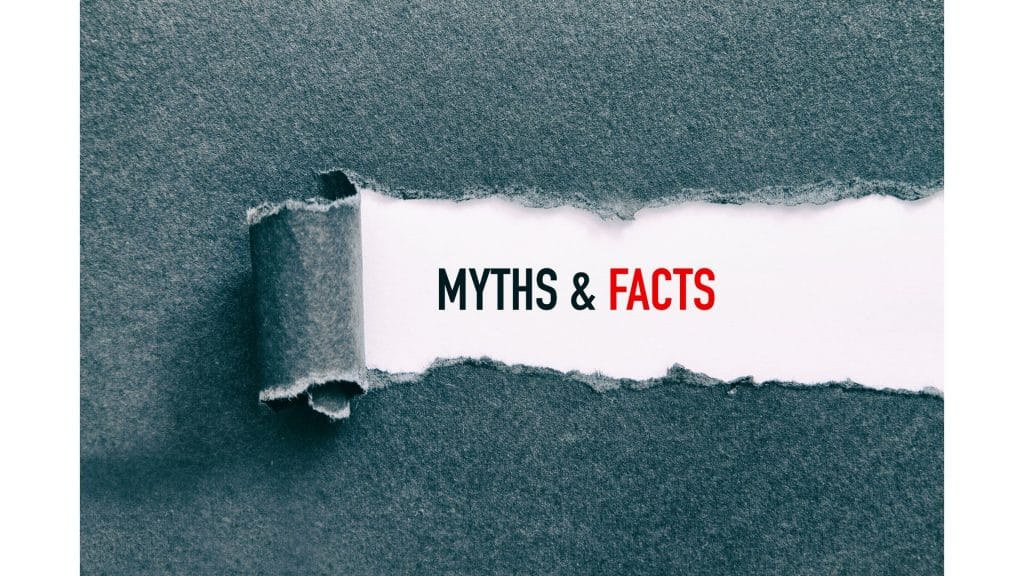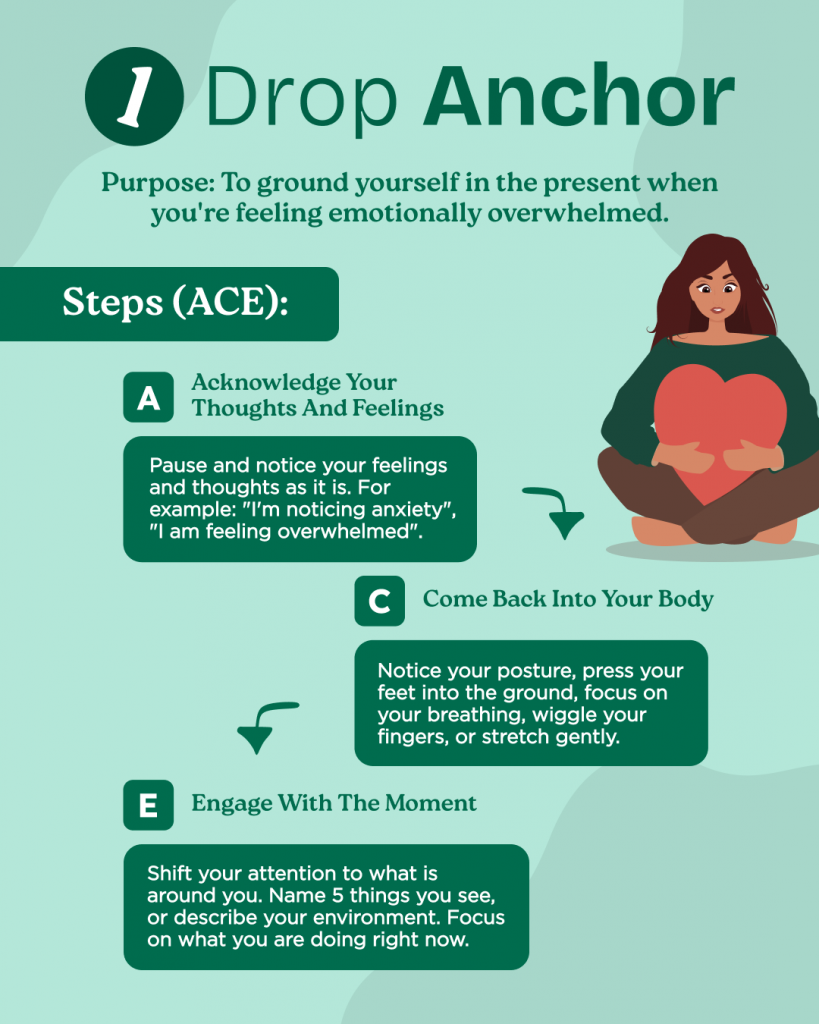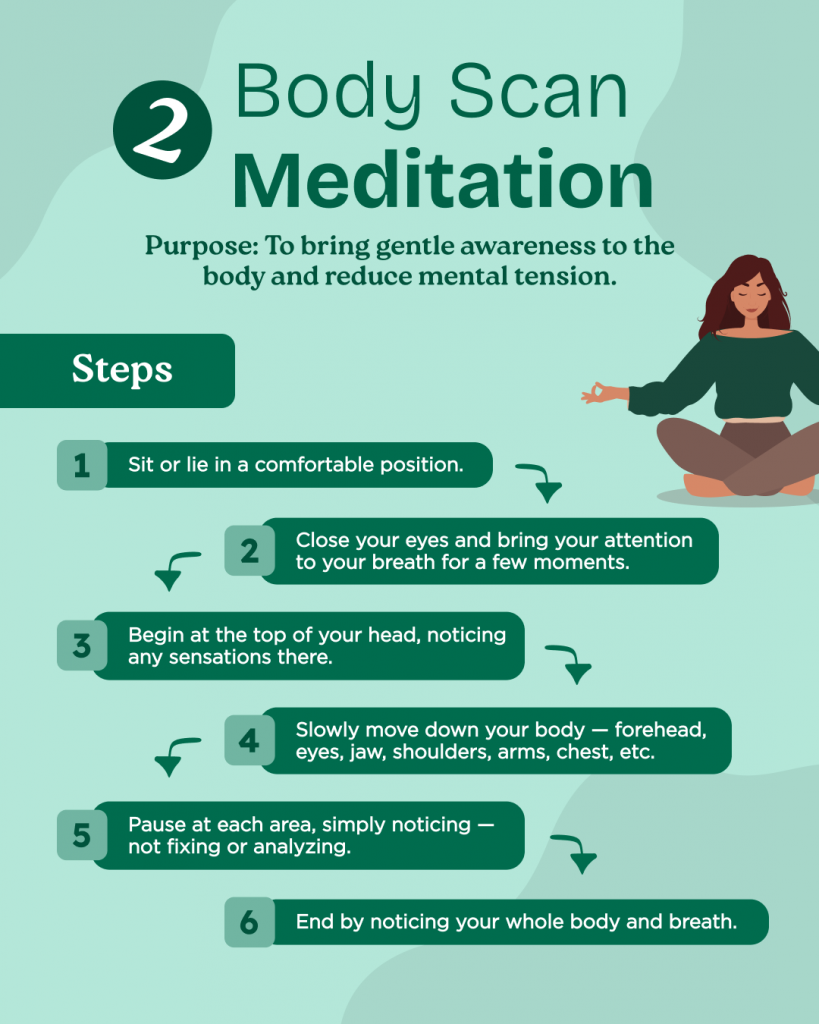
In the rush of everyday life, our minds are often caught up in what’s next: tomorrow’s deadlines, last week’s regrets, or an endless to-do list. Rarely do we pause to check in with how we’re really feeling in the present moment. This is where mindfulness can make all the difference.
Mindfulness is the simple yet powerful practice of being fully present and aware without judgment. It invites us to slow down, observe our thoughts and emotions, and reconnect with ourselves in a more compassionate way. Over time, this practice can support our mental well-being by reducing stress, calming anxious thoughts, and improving our ability to cope with life’s challenges.
What is mindfulness?According to the American Psychological Association (APA), mindfulness refers to the awareness of one’s internal states and surroundings. It can help us to learn to observe our thoughts and emotions without judging or reacting to them.
Like building our muscles, mindfulness is a skill that can be learnt.
As mindfulness became more widely acknowledged and practised, it is also surrounded by a few common myths and misconceptions. Let’s debunk these myths.

1. Mindfulness means emptying your mind.
Reality: Mindfulness is not about stopping your thoughts. It’s about noticing them without judgment. It trains you to observe rather than react.
2. You have to meditate for hours.
Reality: Even a few minutes of mindful breathing or awareness can be beneficial. Consistency matters more than duration.
3. Mindfulness means always feeling calm or happy.
Reality: Mindfulness helps you be with whatever you’re feeling, even discomfort or sadness. It’s not about avoiding negative emotions but facing them with awareness.
4. Mindfulness is only for stress or anxiety.
Reality: While it helps with stress, mindfulness also improves focus, emotional regulation, sleep, and self-awareness, supporting overall mental well-being.
There is no-one size fits all when it comes to practising mindfulness. The key is to be consistent and start with what is convenient for you. Here are some tips to help get you started:
- Start small
You can begin with a 2-5 minutes a day to practise mindfulness either in the morning or at the end of the day.
- Schedule regular practise
To ease into the habit of being mindful, you may try to pair it with a routine activity. For example, being mindful while brushing your teeth in the morning or while you take a walk.
- Be kind to wandering thoughts
It’s totally normal for your mind to start wandering when you want to practise mindfulness. You can try to gently bring back your mind to the present moment.
- Let go of imperfection
Try not to worry whether you are doing it right or wrong. Focus on doing them in a way that is comfortable and convenient for you instead.
If you’re looking for some simple mindfulness exercises that you can do in your free time, you may have a go at these. Don’t worry, there are no special equipment or props needed!


By incorporating small and mindful practices into your daily life, you can build greater awareness, manage stress more effectively and nurture your mental well-being. Start where you are, be gentle with yourself, and remember that every mindful moment counts.
References:
- American Psychological Association. (2022). Mindfulness. American Psychological Association. https://www.apa.org/topics/mindfulness
- Harris, R. (2019). ACT made simple: An easy-to-read primer on acceptance and commitment therapy (2nd ed.). New Harbinger Publications.
- Staff, M. (2022). The Science of Mindfulness. Mindful. https://www.mindful.org/the-science-of-mindfulness/
- Wein, H. (2021). Mindfulness for Your Health. NIH News in Health. https://newsinhealth.nih.gov/2021/06/mindfulness-your-health












